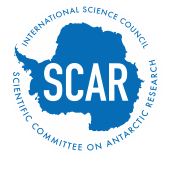|
Name ID: 110892
Place ID: 12204
NE coast of Byers Peninsula, Livingston Island, between Richards Cove and the ice cliff S of Cutler Stack, Barclay Bay, were roughly charted by nineteenth-century sealers and called North Beach (cf. South Beaches) (Fildes, 1821c; Powell, chart, 1822a); later named Robbery Beach from the English robbery of sealskins collected by the American brig Charity (Charity Glacier, q.v.) in January 1821 (Stackpole, 1955, p.46) (Weddell, 1825a, map facing p.132). Diebstahl Küste [=robbery coast] (Weddell, 1827, third end map). The feature was recharted by DI, 1935-37, and photographed from the air by FIDASE, 1956-57. Robbery Beaches (APC, 1959a, p.10; DOS 610 sheet W 62 60, 1968). Penca Beaches, so called by CAE in association with Penca Hill (q.v.) (Valenzuela and Hervé, 1972, map Fig.1, p.84).
|
|
Name ID: 130822
Place ID: 12204
Beaches extending along the N side of Byers Peninsula, Livingston Island, in the South Shetland Islands. The name Robbery Beach was used by James Weddell in 1820-23. It arose from the English robbery of sealskins collected by the American brig Charity (Capt. Charles H. Barnard) of New York in January 1821. There was fierce competition between British and American sealers in the area during the early 1820s.
|

